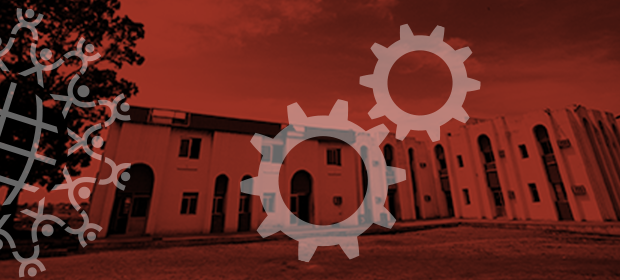Where We Work
See our interactive map


Government officials in Migori County, Kenya, have officially recognized 188 HIV testing service (HTS) counselors as a distinct cadre of health worker, meaning that they warrant a dedicated scheme of service like those for other health workers who are engaged in the fight to end the AIDS epidemic. Their decision was prompted by data from the IntraHealth International-developed iHRIS Manage software.
Migori County is situated in a region with one of the highest HIV prevalence rates in Kenya and Africa—13.3%, according to the National Aids Control Council 2018. The county has stepped up its efforts to address the pandemic and, as a result, has registered a 32% drop in the total number of new infections over the past two years.
HTS counsellors in Migori offer critical services in HIV care and treatment, including testing, partner notification, and linking clients to medical services. And they contribute to Kenya’s efforts to achieve the UNAIDS 90-90- 90 goals: By 2020, 90% of HIV-positive people will know their status, 90% of people diagnosed with HIV will receive antiretroviral therapy (ART), and 90% of clients on ART will have viral suppression.
Migori County has already surpassed the first 90 target by 1% for the adult population.
IntraHealth’s Human Resources for Health Kenya Program uses the Integrated Human Resources Information Systems (iHRIS) software—including both iHRIS Manage and iHRIS Train—to help Kenyan counties make data-driven decisions about their health workforces.
“iHRIS Manage pointed out the gap in HIV service delivery,” says John Odira, deputy county health records and information officer in Migori County. “We posed a question to the decision-makers: What would happen if the partners, who employ HTS counselors, withdrew their support? This would leave the county without any HTS counselors, risking more HIV infections, since there would be no one to counsel and test people.” The county then made a decision to officially recognize the counselors by developing a scheme of service specific to their cadre, and to distribute them equitably across the 186 county government health facilities.
According to Odira, data from iHRIS Manage helped in identifying gaps in other cadres that are critical in managing HIV service delivery, as well. As a result, Migori county government now employs four more radiographers, five additional medical officers, three mortuary attendants, and one additional pharmacist as a response to fill the gaps.
“Using iHRIS Manage, we have clustered employees by employer,” Odira says. “That is how we know when a county has no HTS counsellors on its payroll. iHRIS also helped us recognize the critical role played by the HTS counsellors in HIV service delivery.”



